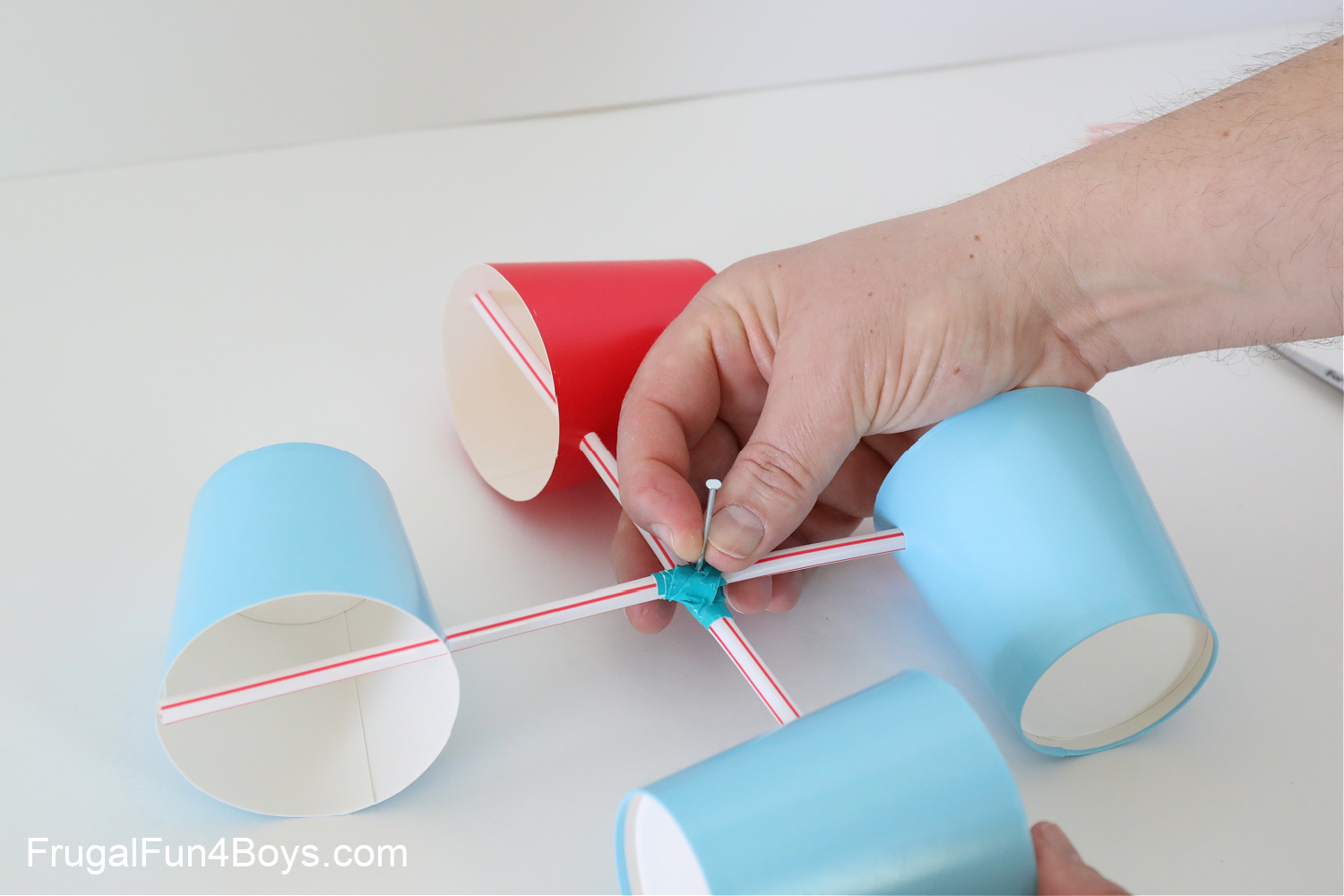Understanding Various Kinds Of Anemometers for Different Applications
Understanding Various Kinds Of Anemometers for Different Applications
Blog Article
Anemometers Introduced: Understanding Their Importance in Environmental Monitoring and Precaution
The function of anemometers in ecological monitoring and safety and security measures is frequently ignored, yet their relevance is undeniable. These tools have a lengthy history rooted in scientific query and technical improvements, progressing to end up being crucial tools in numerous fields. From meteorology to aviation security, anemometers play a vital role in providing exact information that informs decision-making procedures and enhances overall security. Understanding the intricacies of anemometers reveals a world of essential understandings that are essential to our understanding of the setting and the measures we require to guarantee safety.
Background of Anemometers
The evolution of anemometers can be mapped back to the ancient worlds where basic wind measuring tools were very first utilized. These very early wind measurement tools laid the foundation for the advancement of more advanced anemometers in time. One of the earliest known anemometers was the hemispherical cup anemometer created by Leon Battista Alberti in the 15th century. This layout was composed of 4 hemispherical mugs that collected wind power, providing a dimension of its strength based upon the speed of turning.
In the 18th century, the distinguished researcher John Thomas Romney Robinson presented the Robinson anemometer, which featured 4 hemispherical cups placed on straight arms that extended from a main axis. This style became a requirement in atmospheric dimensions because of its accuracy and integrity. Over the years, developments in technology led to the growth of more contemporary anemometers, consisting of ultrasonic anemometers and laser Doppler anemometers, supplying raised precision and performance in measuring wind speed and direction. The history of anemometers showcases an exceptional journey of technology and development in the field of weather forecasting.
Kinds Of Anemometers
Throughout the area of weather forecasting, various types of anemometers have been created to accurately measure wind rate and instructions. Sonic anemometers utilize ultrasonic signals to determine wind rate and instructions accurately. Hot-wire anemometers run based on the principle that the cooling result of wind on a warmed cord is proportional to the wind speed.
Applications in Meteorology
Having talked about the different types of anemometers made use of in meteorology for gauging wind rate and instructions, it is important to discover their practical applications in the field. Anemometers play a crucial function in meteorology by supplying precise and real-time data on wind problems (anemometer). Meteorologists use anemometers to check wind rate and direction to anticipate weather condition patterns, concern warnings for serious weather occasions like typhoons, storms, and tornadoes, and assess climatic problems for aeronautics safety
In weather forecasting, anemometers aid in recognizing neighborhood and regional wind patterns, which are vital for anticipating weather modifications and identifying weather trends. These tools are likewise made browse around here use of in research study to research microclimates, city warmth islands, and air contamination dispersion. Furthermore, anemometers are used in agriculture to enhance crop management practices, such as irrigation and pesticide application, based upon wind conditions.
Significance in Air Travel Security
An integral element of guaranteeing aeronautics safety lies in the meticulous tracking of wind problems making use of anemometers. Anemometers play an essential role in aeronautics by providing real-time information on wind rate and instructions, aiding pilots in making notified decisions throughout flight, take-off, and landing. Unpredictable and solid winds can considerably impact airplane operations, making it crucial for aviation authorities to rely on precise wind measurements to guarantee the security of guests and team.

In the dynamic setting of aviation, where even minor changes in wind rate and instructions can have profound effects, anemometers stand as crucial tools for promoting secure and secure flight.
Duty in Environmental Study
Just how do anemometers add to advancements in ecological study? Anemometers play an important role in environmental research study by providing crucial information on wind rate and direction. This info is crucial for understanding different climatic procedures, such as air contamination diffusion, climate patterns, and environment change. By properly measuring wind attributes, anemometers assist researchers analyze the activity of pollutants in the air, evaluate the effect of commercial exhausts, and predict the spread of impurities in the setting.


Verdict
In conclusion, anemometers have actually played a crucial function in environmental monitoring and precaution. With an abundant background and numerous kinds readily available, these tools have actually been commonly made use of in meteorology, aviation safety and security, and environmental study. Comprehending the value of anemometers is necessary for precisely determining wind rate and direction, which is important for predicting weather condition patterns, guaranteeing secure air travel procedures, and performing ecological researches - anemometer. Their payments to these areas can not be undervalued.
One of the earliest recognized Check Out Your URL anemometers was the hemispherical cup anemometer designed by Leon Battista Alberti in the 15th century. Over the years, advancements in technology led to the development of even more modern-day anemometers, consisting of ultrasonic anemometers and laser Doppler anemometers, offering enhanced precision and effectiveness in gauging wind rate and direction. Hot-wire anemometers operate based on the principle that the cooling impact of wind on a heated cable is proportional to the wind speed. Meteorologists use anemometers to keep track of wind speed and direction to anticipate weather condition patterns, concern warnings for severe weather occasions like storms, hurricanes, and storms, and assess climatic conditions for aeronautics safety.
Understanding the value of anemometers is vital for precisely gauging wind speed and direction, which is crucial for predicting weather patterns, making certain secure aeronautics operations, and performing environmental studies. (anemometer)
Report this page